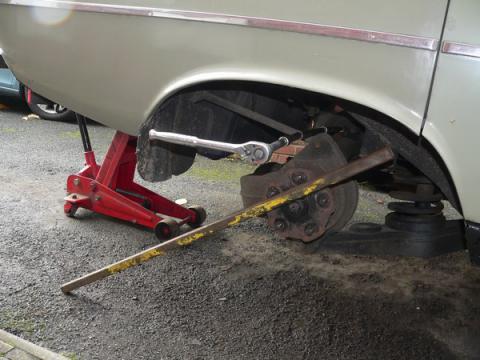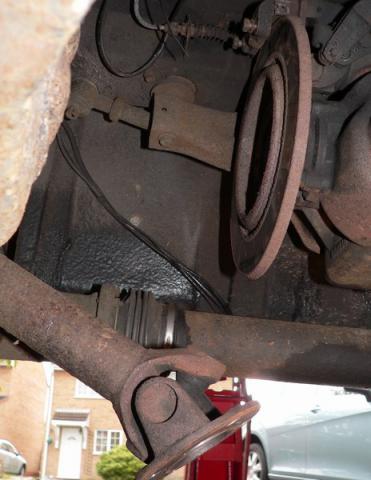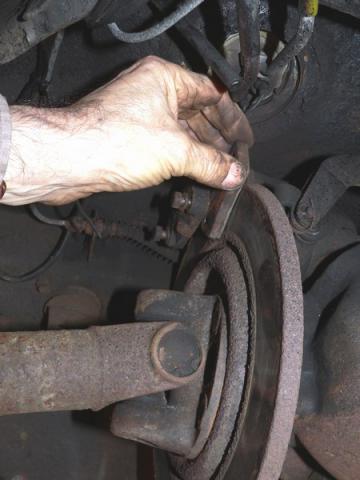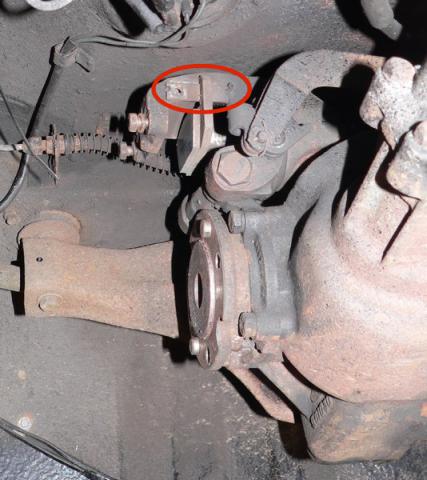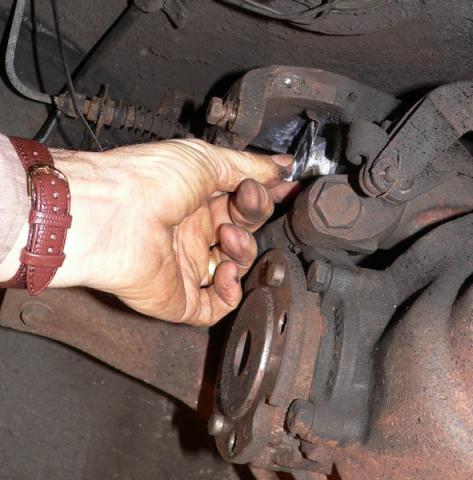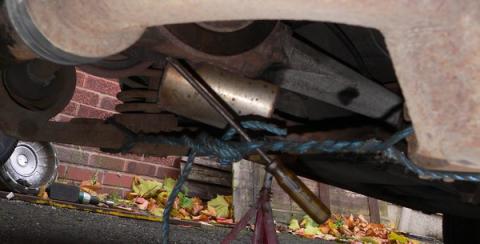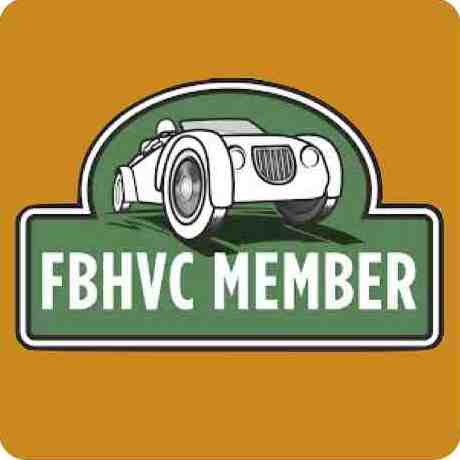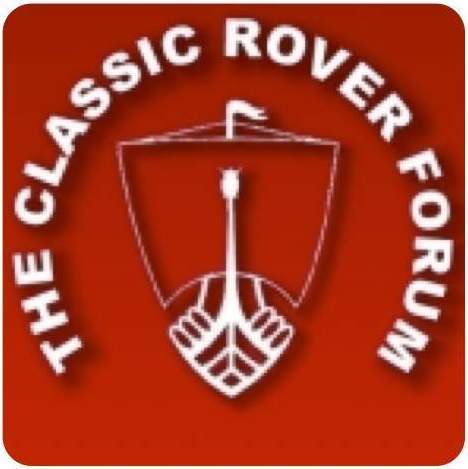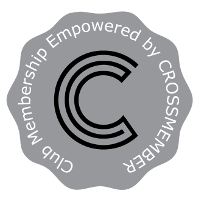Changing rear brake pads the easy way
Changing the rear brake pads can be seen as a daunting task on the P6. One glance at the workshop manual and you are presented with an intimidatingly detailed replacement procedure that even makes reference to a ‘special tool’! As such, cars that have had their rear pads changed is sometimes listed as a selling feature in classified ads!
In this article, we show you an alternative method to changing the rear pads that not only eliminates the need for the special tool (which is of questionable benefit to start with), but also makes the whole process much easier and less fiddly to accomplish at home.
All you have to do is to unbolt the drive shafts and slip the discs out. There is then ample room to work on the calipers. The piston cup can then easily be screwed back in by hand (or with light pressure from a pair of grips), thus doing away with the need for the special tool altogether.
Slacken the wheel nuts and raise the rear of the car so that the wheels are clear of the ground and support the car on appropriate stands. Ideally use the rear jacking point beneath the rear bumper (as shown below) if you do not know the integrity of the jacking points in the sills. Chock the front wheels.
Working on one side at a time, knock back the lock-tabs and slacken the four bolts holding the brake disc to the final drive flange. They are likely to be very tight. There are different ways of doing this, but the easiest method (as shown above) is to use a long extension bar for your socket (or join a few together as shown) so you can work outside of the wheel arch. If you leave the handbrake off and put the car in neutral, you can usually rotate the half shaft to slacken the two top bolts, then rotate it a further 180 degrees to bring the other pair to the top.
Remove all four bolts and swing the drive shaft clear of the disc (as shown above). You may need to expand the de Dion tube top give sufficient clearance - simply pull the hub towards you to expand it. Be careful to keep clear of the disc, although it is unlikely to drop out at this stage (it is held by two dowels and the brake pads), if it does slip, it is heavy and you don’t want it dropping onto you or anything else!
Working from underneath, and still taking care not to allow the disc to fall, remove the outer brake pad (above) by pushing it towards the disc to pull it off its dowels.
Hold the disc firmly in both hands and pull it off the drive flange. Once again take care, it is unlikely, but possible, that the inner pad could fallout at this stage.
Remove the inner pad (above) by removing the 7/16” bolt holding the pad slipper (circled), and then remove the pad slipper. There is one on each side of the pad - you need only remove one to give enough clearance to remove the pad.
Wind the piston back in clockwise as far as it will go. You should hear a clicking sound, which is the rachet mechanism of the pad auto-adjuster winding back. Leave the tag pointing upwards (above) - it is safe to rotate it anti-clockwise if need be to get it in the correct position. Using this method eliminates the need for the special tool. Use pliers, fingers or whatever, but don't apply too much force - if they bind because the tags will break off quite easily. If you do break one off or find one missing (not uncommon), you can make a new one from 1mm steel sheet and weld it on. This is not a problem as the “tag” is not directly under hydraulic pressure. But you will have to remove the caliper to do this, so it may be easier to source a replacement piston cup.
Reassembly is a reversal of the above process, but take the usual care to keep oil and grease off the pads and discs.
Ensure that the drive shaft locking tabs are bent back over the drive shaft bolt heads.
Compressing the de Dion tube to allow the disk/half shaft bolts to engage is not always easy. As shown in the photograph above, make a loop of rope around the de Dion elbows and wind it in with a stout screwdriver, bar or suchlike. Once the bolts are in place release the rope.
If you are used to changing pads on more conventional outboard brake systems, this may seem a little long-winded, but it is a good sight easier than trying to winkle the pads out using the method set out in the workshop manual. This process can be carried out quite quickly once you've tried it. It also makes life easier when removing the rear calipers. It is possible to change both sides in little more than an hour using this process.
We must emphasise the need to observe proper safety measures. Use chocks, because the the handbrake and gears are ineffective once the rear axle is airborne, and use axle stands or ramps to support the vehicle.
Written for Driving Force Magazine by Michael Jones
